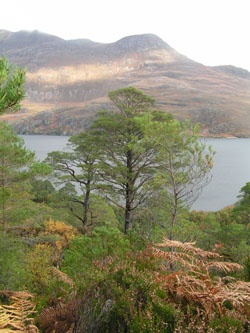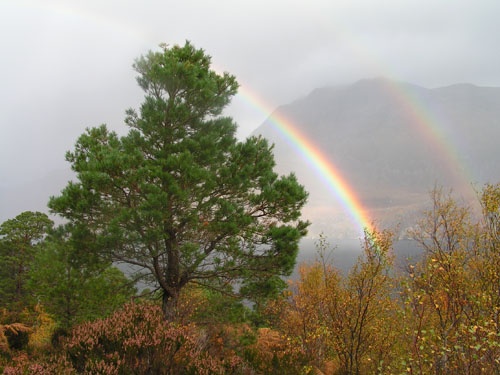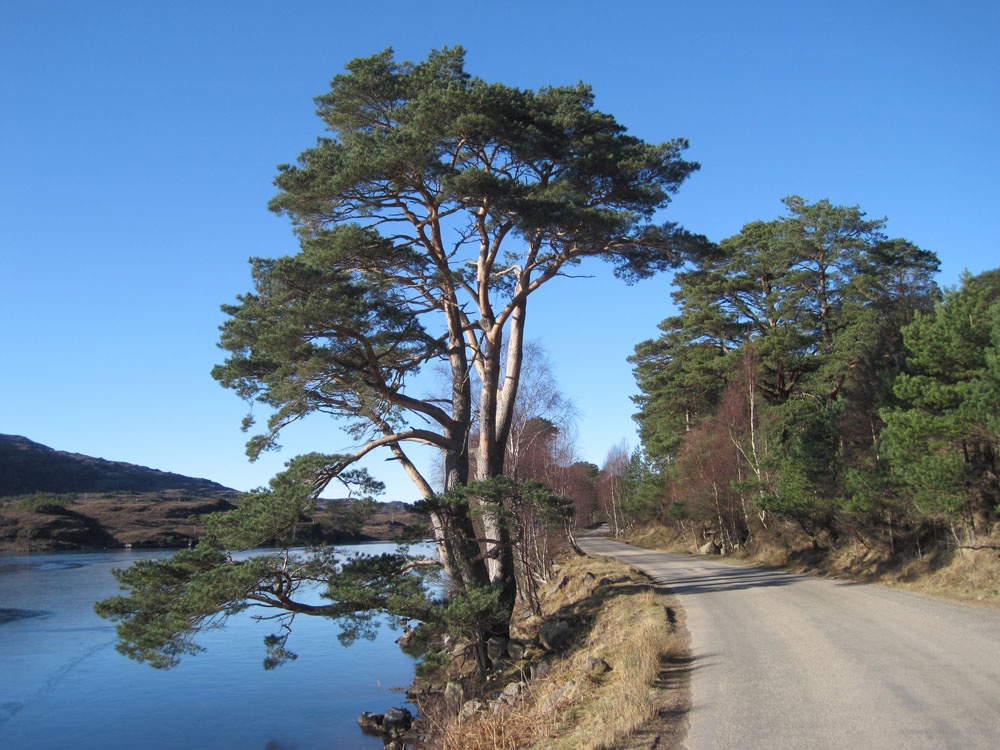You are viewing an old version of this page. View the current version.
Compare with Current
View Page History
« Previous
Version 22
Next »

PROTREE aims to find sustainable approaches for securing tree health through research on the ecology and evolution of tree species and their pests and pathogens, and their social and economic context It has been made clear by examples such as Ash Dieback, that our trees face a serious threat from new diseases and pests. As trees are everywhere and are well-loved parts of our landscape, an important part of our economy and an essential part of our biodiversity, their loss has serious consequences. However, dealing with each new threat as it comes along is difficult, expensive and potentially futile as threats can evolve so much faster than their tree hosts. Also, tree health is not just about a single pest or disease, but about growing trees in the right place, about keeping population sizes up, about ensuring seedlings get a chance to grow and about allowing forests to change as the environment changes. So, in order to find a sustainable long-term strategy for keeping our trees healthy, we need to consider the range of real and potential threats that trees face and try to deal with these together. At the same time, we need to ask what is possible for changing the way we grow trees: how do we use trees now, what do we want from our trees in the future, and how much change are we willing to accept? By finding a middle ground, that brings together the best biological knowledge with a clear understanding of the possible ways to adapt, we can give our trees the best possible chance of withstanding new threats. 
The most important part of finding a way to do this is bringing together many different groups of people, and different types of knowledge. A lot is known about many of our trees already, but usually this knowledge comes from unlinked, independent studies and rarely do results from one study tell us something about another, even for the same tree species. Much better coordination is needed. To show how this can be done, we aim to use the example of Scots pine, an important native tree species. For Scots pine, we know of several serious threats that are either here or are likely to reach the UK soon. The remaining native Scots pine forests are small and fragmented, but we know that they are adapted to their local environments: so pine trees from one part of the country grow differently than those from another. There are large plantations of Scots pine in many parts of the UK – there is ten times as much planted as remains in the native forests – and these are often at much higher densities than are found in nature, and often alongside plantations of pines from other parts of the world. There is also a strong cultural attachment to the species; in many places pinewoods are being replanted and it is often used as a garden or amenity tree. 
Our project aims to measure how variable and adaptable are the threats to Scots pine, to test how much variation there is in the tree species in resistance to these threats, and to find ways to get people involved in making healthier pine forests. By doing this we also aim to show how the same thing can be done for any other tree species, and to put in place the tools for getting it done. We will focus on three important threats to Scots pine – Dothistroma needle blight, the pinetree Lappet moth and pine pitch canker. We will bring together a group of scientists – specialists in ecology, tree genetics, forest pathology, plant biochemistry, fungal ecology and evolution and social science – who will work together on the same, carefully chosen pine trees. This work will tell us how much the UK Scots pine population varies and how much it can change from generation to generation; how populations of the threats grow and change; and what can be done to make the pine forests we have more resilient. We will bring in lessons from crop agriculture, where similar problems have been faced for generations, and adapt these for trees and forests, that have much longer lifespans. Finally, by talking to people who work with and use trees, and the general public, we will find ways to use this information to make things change on the ground. 
|
|---|
Our second stakeholder workshop took place at the Royal Botanic Garden Edinburgh (RBGE) in December 2015. Over 34 participants from policy, practice and research took part in the workshop.
To read the report of the workshop, click here.
Presentations are available below.
rsz_img_1716.jpg
An update on the PROTREE project progress - Stephen Cavers
A practitioner's perspective - Robert Clamp
Plant health in Scotland - Jane Chard
An update on the work on Dothistroma - Ennos,…
The PROTREE project's 2nd stakeholder workshop will take place on Monday 7th December, at the Royal Botanic Garden Edinburgh.
The day will include:
- an update on activities of the PROTREE project
- an interactive workshop on the theme of 'Taking action on Dothistroma: What do we know? What can be done?’
- and a session on resilience.
Lunch and refreshments will be provided.
More details will come your way soon, but in the meantime please pop the date in your diaries and let jyo@ceh.ac.…
New press release describing the PROTREE project.
We had a great afternoon at Alba Trees a few weeks ago. The aim of the visit was to see how the nursery is operating, how they are cultivating their trees and controlling pest and diseases, etc. We were hoping that such activities will help us to better understand nursery problems, needs and goals as well as identify possible areas of cooperation between research and stakeholders. Many thanks to all who made the visit such a success!
The first stakeholder workshop took place at CEH in December 2014.
Workshop Report
Introduction - Stephen Cavers (Centre for Ecology & Hydrology)
The Tree Health Landscape in Scotland - Hugh Clayden (Forestry Commission)
Social and Economic Analyses of DNB Disease Management - Chris Quine (Forest Research)


